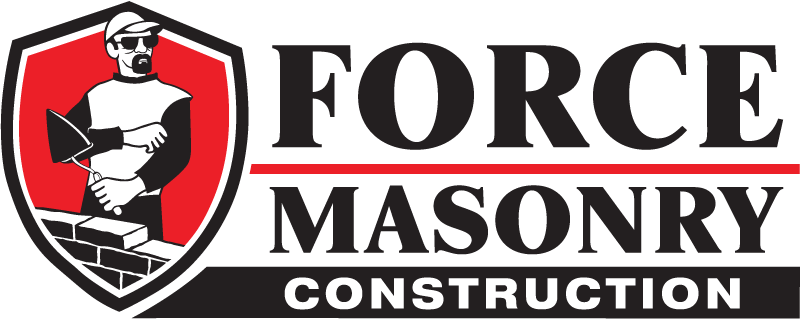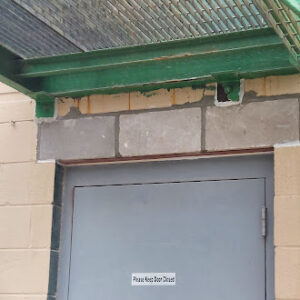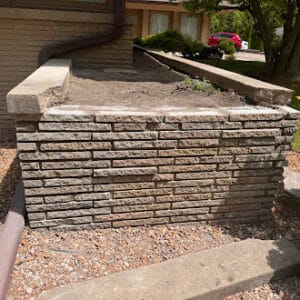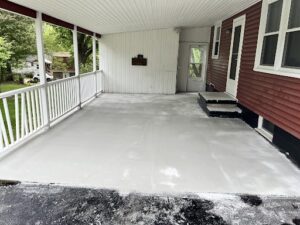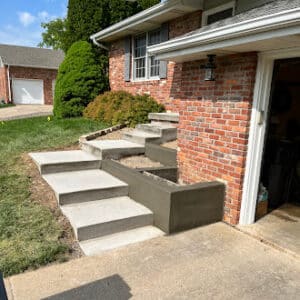What is a Retaining Wall and Why You Might Need One
If your property includes uneven ground, sloped terrain, or soil erosion problems, you may have asked: what is a retaining wall, and why would I need one? A retaining wall is more than a landscape feature—it’s a functional structure that serves a vital role in stabilizing soil, preventing erosion, and creating usable space. In this blog, we’ll break down what retaining walls are, what they’re made of, the benefits they provide, and when it’s time to consider installing one.
What is a Retaining Wall?
A retaining wall is a rigid structure designed to hold back or “retain” soil behind it. It is commonly used on properties where there is a change in elevation or slope. Without proper support, gravity can cause soil to shift, wash away, or collapse—posing risks to landscaping, driveways, foundations, and other structures. Retaining walls are engineered to counteract these forces and keep the soil in place.
Retaining walls can be built using various materials, including:
- – Concrete block
- – Poured concrete
- – Brick
- – Natural stone
- – Timber
- – Gabion baskets (wire containers filled with rocks)
The right material for your wall depends on your property’s aesthetics, budget, and the level of support required.
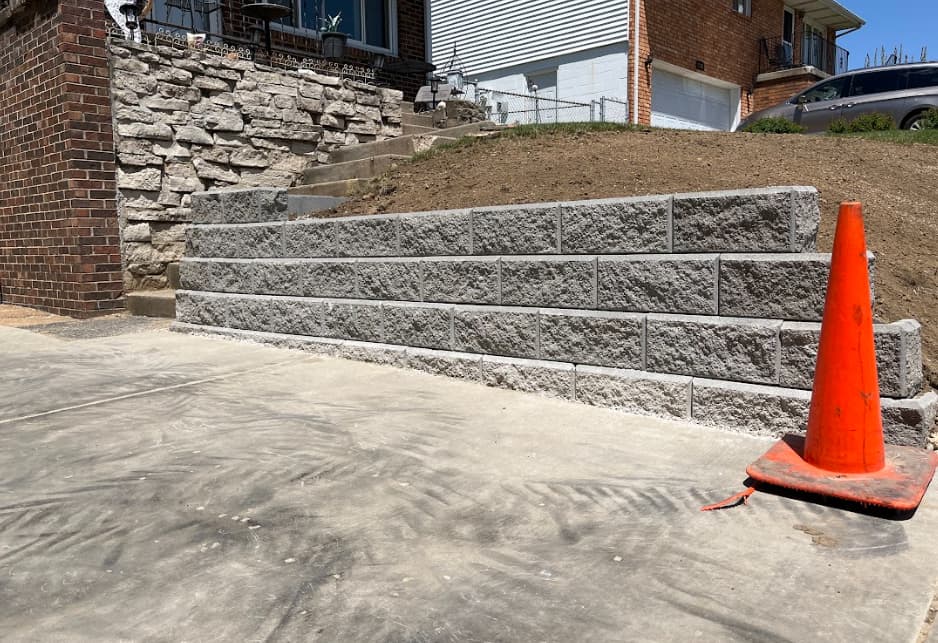
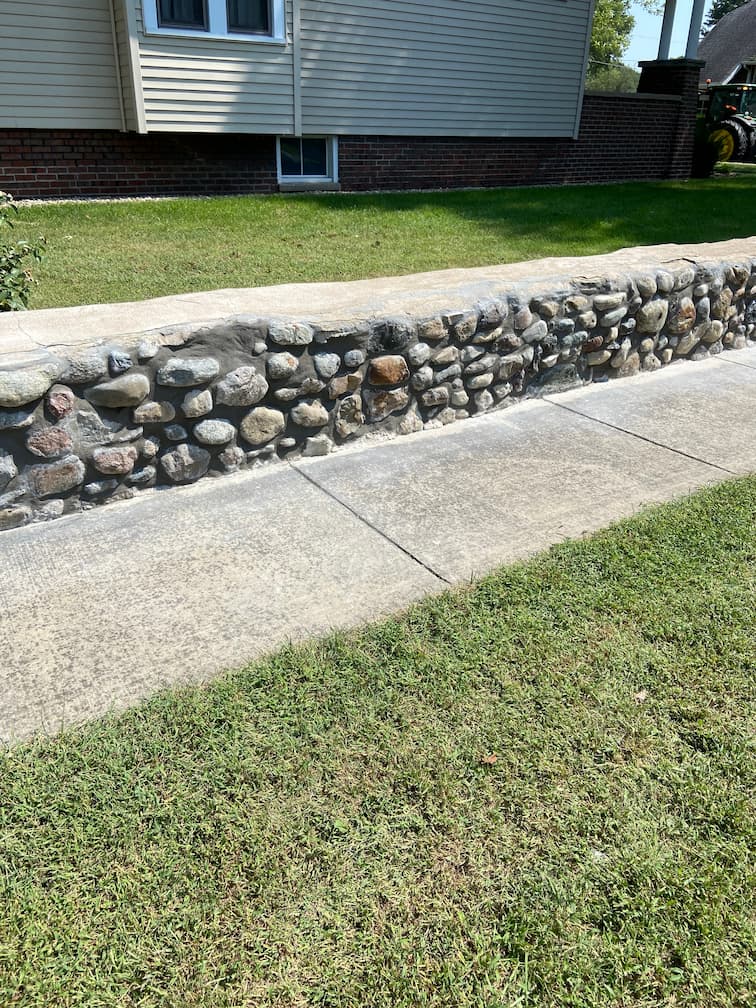
Why You Might Need a Retaining Wall
Not every property requires a retaining wall, but there are several common scenarios where one becomes essential. Here are the top reasons homeowners and property managers choose to install a retaining wall:
1. Prevent Soil Erosion
On sloped properties, rainwater can cause soil to wash away over time. This not only ruins landscaping but can expose roots, damage foundations, and block drainage systems. A retaining wall holds the soil in place and directs water flow, preventing erosion and preserving the land.
2. Create Usable Land
A sloped backyard may seem like wasted space, but with retaining walls, you can level off sections of the yard to create patios, gardens, or play areas. This allows you to maximize the functionality and enjoyment of your outdoor space.
3. Improve Drainage and Water Management
Retaining walls help control the movement of water by directing it away from foundations or low-lying areas. Incorporating drainage solutions into a retaining wall—like weep holes or French drains—prevents pooling water and flooding.
4. Add Structural Support
If your property includes hills or slopes that are prone to shifting, a retaining wall can provide crucial structural support. This is especially important near driveways, patios, or walkways where soil movement could cause cracking or collapse.
5. Enhance Aesthetic Appeal
Beyond function, retaining walls add visual interest to a property. With a wide variety of materials and finishes available, a well-built wall can become a focal point of your landscape design, blending beauty with utility.
Types of Retaining Walls
Depending on your needs, there are several types of retaining walls to consider:
Gravity Walls: Use their own weight to resist soil pressure; best for shorter walls.
Cantilevered Walls: Use reinforced concrete and a footing for added strength; ideal for taller structures.
Anchored Walls: Use cables or rods to anchor the wall to the soil behind it.
Sheet Pile Walls: Common in areas with soft soils or tight spaces; use thin steel or vinyl sheets.
Choosing the right type depends on your soil conditions, space, and the height and purpose of the wall.
When to Call a Professional
If you’re dealing with slope issues, soil erosion, or water problems, it’s a good idea to consult with a professional masonry or landscaping contractor. Building a retaining wall—especially one that will bear significant weight—requires engineering knowledge, proper permitting, and quality construction.
At Force Masonry Construction, we design and build custom retaining walls that are not only functional but long-lasting and visually appealing. Whether you need a simple landscape wall or a heavy-duty structural solution, our team has the experience to get it done right.
Bottom Line
So, what is a retaining wall? It’s a smart, effective way to manage soil, control water, and reshape your outdoor space. If your property is showing signs of erosion, drainage issues, or slope instability, a retaining wall could be the solution you need.
Contact Force Masonry Construction today to schedule a consultation and learn how a retaining wall can transform your property.
